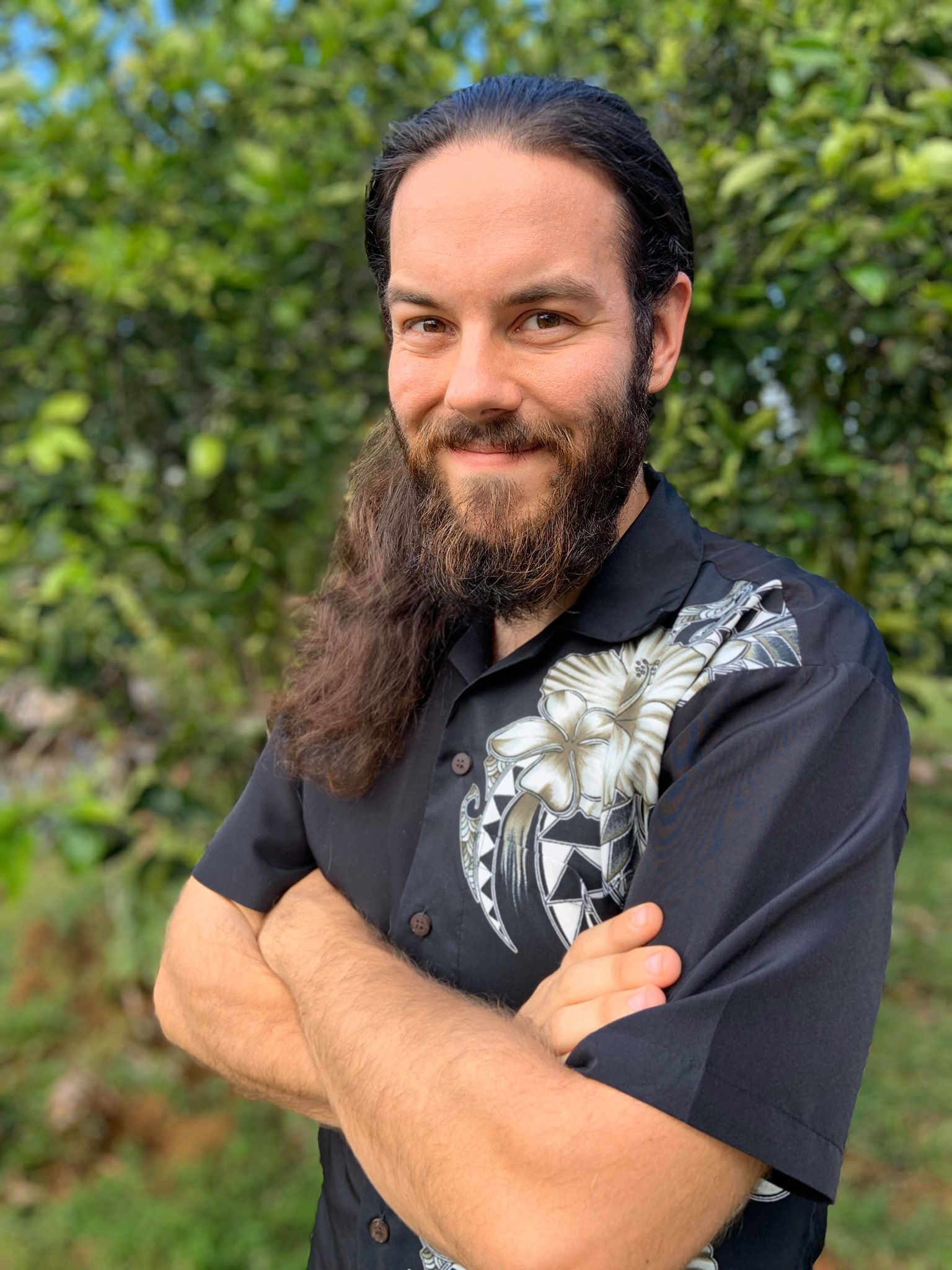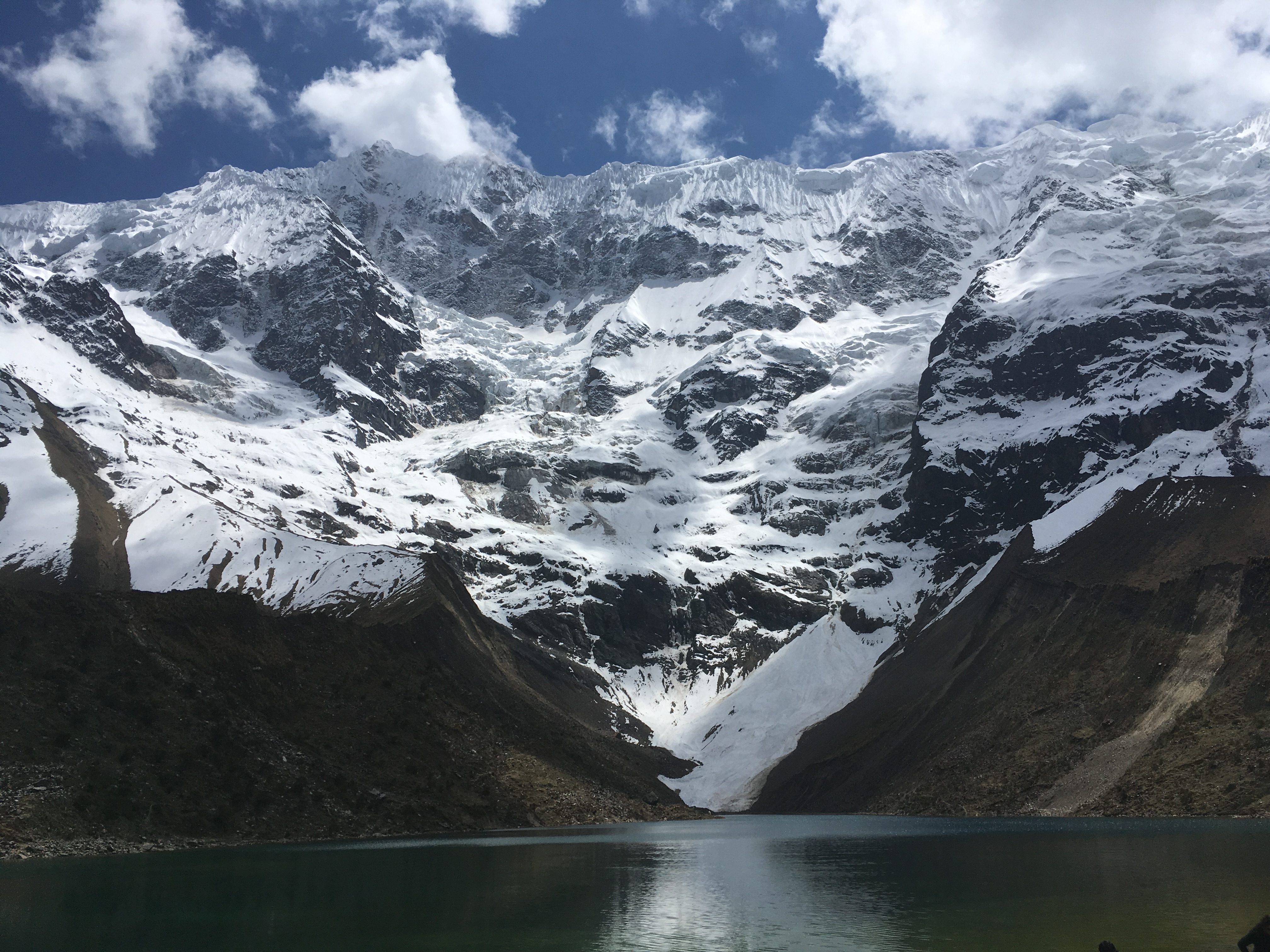Fundamentally, there are really two types of astronomers: Observers and Theorists. Theorists work hard to simulate phenomena in the universe using powerful computers and an understanding of the laws of physics which govern the past, present, and future of astronomical events. I, however, am an observer that uses telescopes to obtain images of the sky in order to better understand how this crazy universe works. The romantic picture of an astronomer gazing through a large telescope and sketching their findings, however, are mostly in the past. These days, professional astronomers use sophisticated imaging technology to obtain data and share it with the whole community (once they've written a publication or two themselves!). Even a series of a few images can keep an astronomer busy for years! That means that most astronomers do the majority of their work during the day and very occasionally travel to a telescope to collect data (more often these days, telescopes don't even require observers to be present at the site!).
I'm a bit of a special case as I work at an observatory itself: the James Clerk Maxwell Teelscope on Maunakea on the Big Island of Hawaii. I was a "support astronomer and now I'm the Senior Scientist. This means that while I obtain data using the telescope, lead research programs, and manage/optimize the scientific productivity of the institution, I also assist visiting astronomers in obtaining high-quality observational data. This means that I provide technical, scientific, and logistical support to astronomers before, during, and after their observing runs which are typically in 5 night intervals. I also assist with their data analysis once they are back at their home institution. In addition, I perform general support of the telescope operations and instruments (cameras) including in the context their development.

